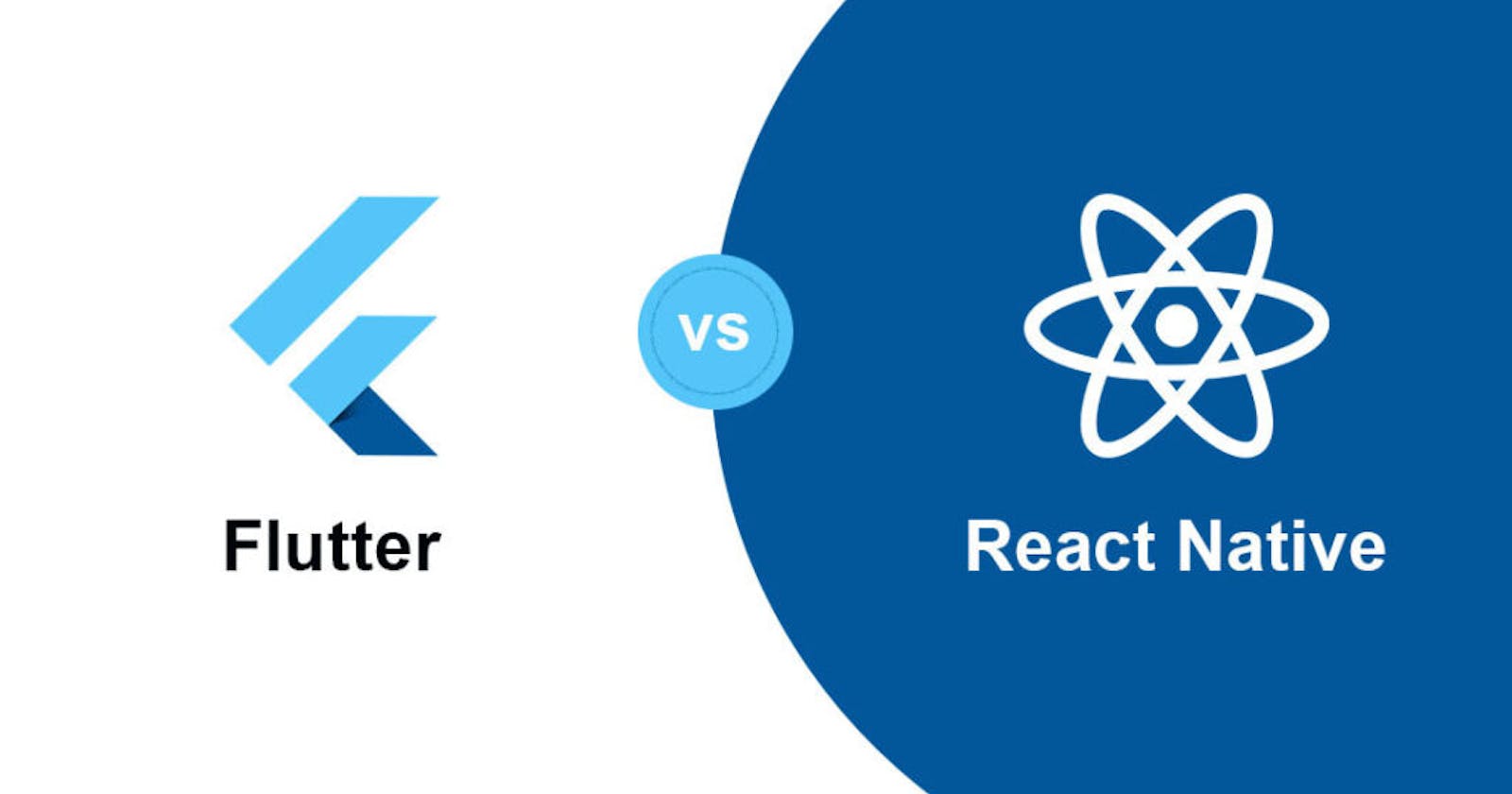Introduction
JavaScript is one of the most popular and versatile programming languages in the world. It can be used to create dynamic and interactive web pages, as well as mobile and desktop applications. In fact, JavaScript is the core technology behind many of the most popular apps today, such as Facebook, Instagram, Netflix, Spotify, Slack, and more.
But how do developers use JavaScript to create such amazing apps? The answer is: by using JavaScript libraries and frameworks. These are collections of pre-written code that provide useful features and functionalities for app development. They save developers time and effort by simplifying common tasks and solving common problems.
In this blog post, we will explore some of the best JavaScript libraries and frameworks for mobile and desktop app development in 2023. We will look at their features, advantages, disadvantages, use cases, and examples. By the end of this post, you will have a better understanding of how to use JavaScript libraries for app development.

Flutter vs. React Native
Mobile app development is a booming industry that offers many opportunities for businesses and developers alike. However, building apps for different platforms can be challenging and costly, especially if you want to deliver a native-like user experience. That's why many developers opt for cross-platform frameworks that allow them to write one codebase and run it on multiple devices.
Two of the most popular cross-platform frameworks today are React Native and Flutter. Both of them have their own strengths and weaknesses, and choosing between them can be tricky. In this blog post, we will compare React Native and Flutter based on various criteria such as performance, UI design, learning curve, ecosystem, and more. By the end of this post, you should have a clear idea of which framework suits your needs better.
React Native
React Native is an open-source framework created by Facebook that lets you build native apps for iOS and Android using JavaScript and React. React Native uses a virtual DOM (Document Object Model) to render UI components on the screen, which are then translated into native views by a JavaScript bridge.
React Native was first released in 2015 and has since gained a lot of popularity among developers and companies. Some of the famous apps built with React Native include Facebook, Instagram, Tesla, Airbnb, Uber Eats, Skype, Pinterest, Walmart, Discord, Bloomberg, Wix, etc.
Flutter
Flutter is an open-source UI toolkit created by Google that lets you build beautiful apps for mobile, web, desktop, and embedded devices from a single codebase using Dart. Flutter uses widgets as its core UI elements, which are composed of stateful or stateless objects that describe how they look on the screen. Flutter also uses its own rendering engine called Skia to draw widgets directly onto the canvas, bypassing any intermediate representation.
Flutter was first announced in 2017 and has since grown rapidly in popularity among developers and companies. Some of the famous apps built with Flutter include Google Ads, Philips Hue, Alibaba, etc.
Performance
Performance is one of the most important factors to consider when choosing a cross-platform framework. You want your app to run smoothly without any lag or glitches on any device.
React Native has a slight disadvantage when it comes to performance because it relies on a JavaScript bridge to communicate with native modules. This can cause some overhead and delay when executing complex operations or animations. However, React Native also offers some ways to optimize performance such as using native modules, code splitting, lazy loading, etc.
Flutter has an edge over React Native in terms of performance because it does not use any bridge or intermediate layer to interact with native components. It compiles directly into native code using ahead-of-time (AOT) compilation. This means that Flutter apps can run faster and smoother than React Native apps on most devices. However, Flutter also has some drawbacks such as a larger app size due to bundling both iOS and Android libraries together.

UI Design
UI design is another crucial factor to consider when choosing a cross-platform framework. You want your app to look appealing and consistent across different platforms.
React Native uses native components from iOS and Android to render its UI elements. This means that React Native apps can inherit the look and feel of each platform automatically. However, this also means that React Native apps may have some differences or inconsistencies between platforms depending on how each component behaves natively. For example, buttons may have different shapes or colors on iOS than on Android.
Flutter uses its own set of widgets to render its UI elements. These widgets are high-fidelity replicas of all the UI components found on iOS and Android. This means that Flutter apps can have a uniform appearance across platforms regardless of how each component looks natively. However, this also means that Flutter apps may not follow the platform-specific guidelines or conventions unless you customize them accordingly. For example, you may need to add back buttons or navigation bars manually on iOS.
Pros and Cons of React Native
React Native has some advantages over Flutter such as:
It uses JavaScript, which is a widely used and familiar language for many developers.
It leverages the power of React for creating declarative and reusable UI components.
It has a large and active community that contributes to its development and support.
It offers many third-party libraries and plugins that extend its functionality.

However, React Native also has some drawbacks such as:
It suffers from performance issues due to the overhead of the JavaScript bridge.
It requires native modules for accessing some platform-specific features that are not supported by default.
It can have inconsistent UI across different platforms due to different native components.
It can have compatibility issues when upgrading dependencies or versions.
Pros and Cons of Flutter
Flutter has some advantages over React Native such as:
It uses Dart, which is a modern and expressive language that supports both object-oriented and functional paradigms.
It provides its own set of widgets that are consistent across platforms and customizable according to your design needs.
It compiles to native code for faster performance and smoother animations.
It offers hot reload and hot restart features that enable quick iterations during development.

However, Flutter also has some drawbacks such as:
It has a steeper learning curve than React Native due to its unfamiliar syntax and concepts.
It has a smaller community than React Native which limits its resources and support options.
It has fewer third-party libraries and plugins than React Native, which restricts its functionality.
It can have larger app sizes than React Native due to its bundled dependencies.
Conclusion
Both React Native and Flutter are powerful frameworks for building cross-platform mobile apps. However, they have different strengths and weaknesses that you should consider before choosing one. Ultimately, your decision should depend on your project requirements, preferences, budget, timeline, and skill level.
My view
I'll be using React Native because of JavaScript and the huge community that uses it!

